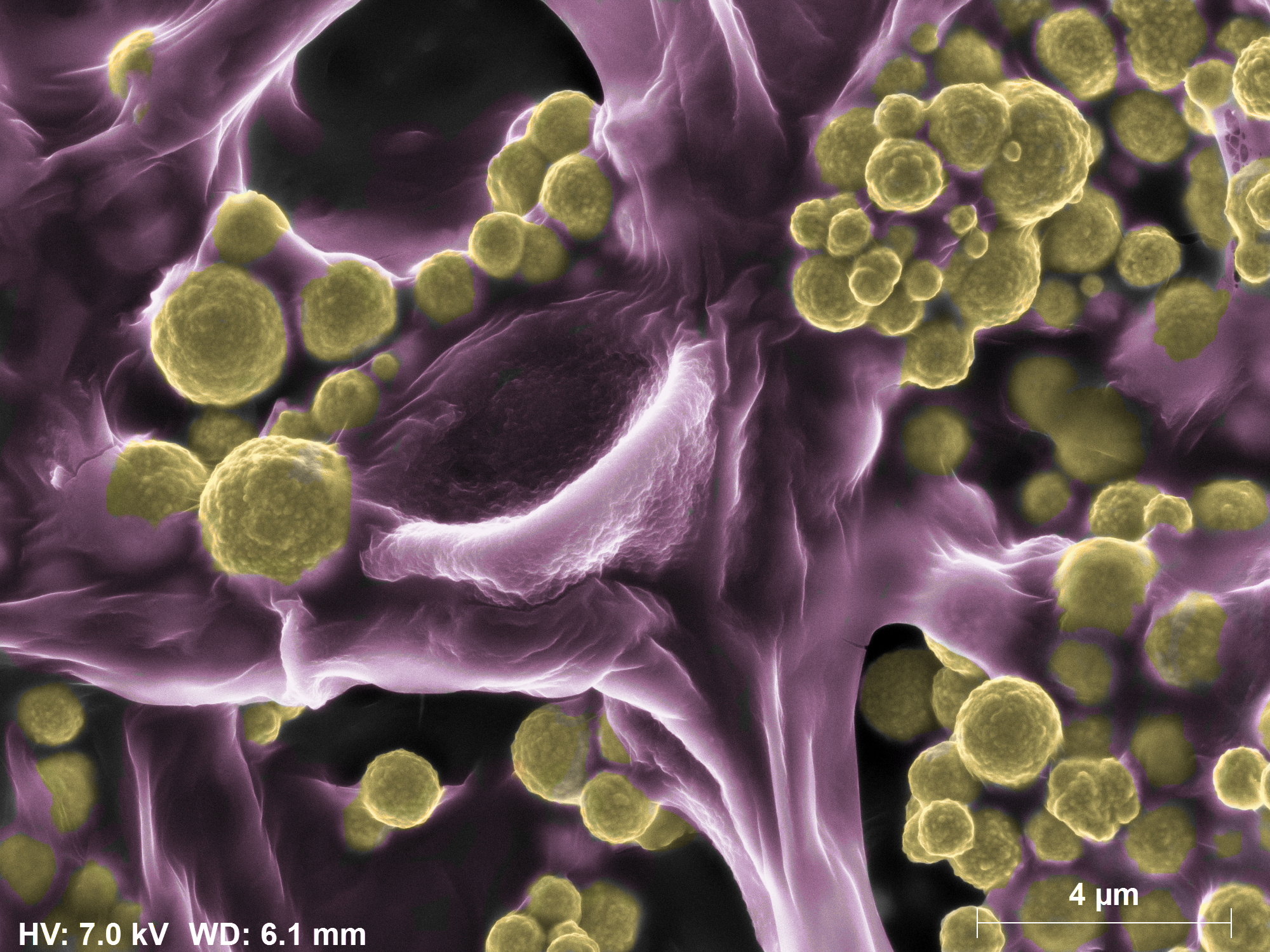A new fungus discovered in Western Australia can extract small quantities of gold from the soil. Now, researchers are investigating how it can be used to find underground deposits.
According to geomicrobiologist Dr Tsing Bohu, the fungi can oxidise microscopic particles of gold and precipitate it on their thread-like strands.
“This cycling process may contribute to how gold and other elements are distributed around the Earth’s surface,” he explained.
While fungi are known for their key role in breaking down and recycling organic material such as leaves, as well as metals including iron, calcium and aluminium, Bohu said this was a surprising discovery as gold is quite chemically inactive.
“It had to be seen to be believed,” he said.
The researchers’ findings were published in Nature Communications earlier this year.
Bohu told create that his team is working on a “bio-exploration toolbox”, including plants, termites and fungi that show promise as cost-effective tools to search for underground deposits of gold.
Staying on top
Australia produced 310 tonnes of gold in the 2017-18 financial year, which marked a 20-year high. However, the gold sector in Western Australia is facing challenges such as rising royalty fees that could affect their exploration budgets.

CSIRO researchers hope that innovation using natural indicators such as this new fungus can help reduce the cost and impact of exploration.
“The industry is actively using innovative exploration sampling techniques, such as gum leaves and termite mounds, which can store tiny traces of gold and can be linked to bigger deposits below the surface,” said CSIRO Chief Research Scientist Dr Ravi Anand.
One avenue they are exploring is how their newly discovered fungus, Fusarium oxsporum, can be used in combination with existing bio-tools to provide alternatives to drilling. But first they need to conduct further research into how and why the fungus oxidises the precious metal.
“We are working on the mechanism and the reason why the fungi are interacting with gold,” Bohu said.
Gold from waste
Another potential application of bio-tools such as fungi is for bioremediation of waste, which could include the recovery of precious metals such as gold from e-waste.
With large amounts of e-waste being produced in the form of discarded electrical and electronic devices, and Victoria’s recent ban on e-waste in landfill, this is an area in which innovation is urgently needed.
Assistant Professor Saskia Bindschedler from the Université de Neuchâtel in Switzerland published a research study in 2017 that investigated the potential to use fungi for ‘urban mining’ of gold.
According to the paper, fungi can release gold from e-waste by attacking it mechanically, as well as though biochemical leaching using cyanides produced by the fungus.
Engineers are also developing other methods for recovering valuable metals from waste, including microfactories that can be transported to waste sites.
While fungal research is generally in the realm of biology, Bohu told create he would like to see engineers look to fungi for innovative solutions in the future.
“We believe fungi have huge potential and should be applied more in bio[chemical] and chemical engineering,” he said.